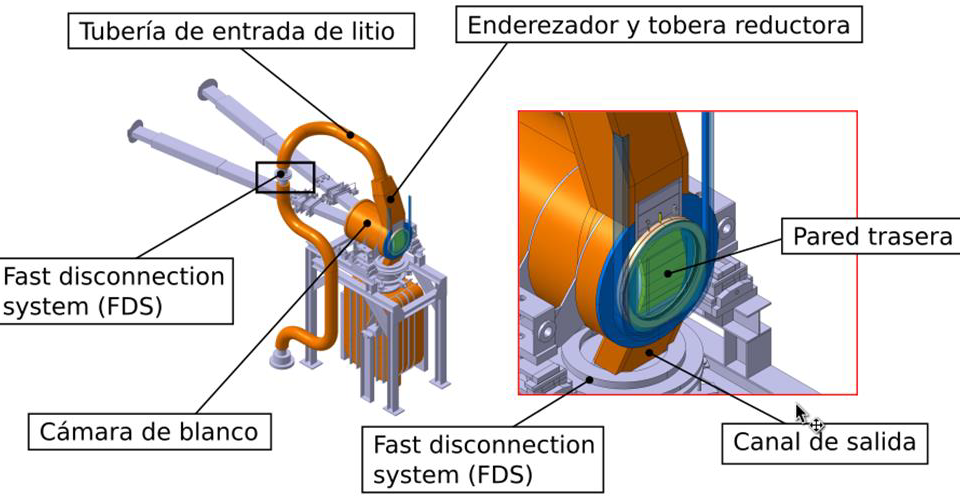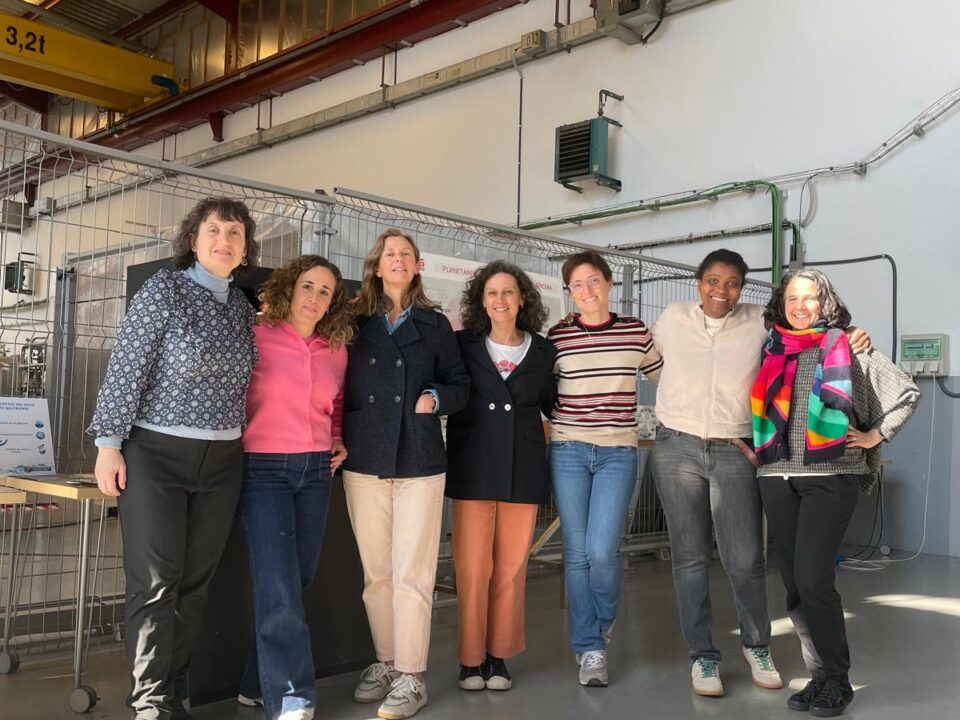THE TUNING PROCESS OF THE ARGITU RFQ HAS BEEN SUCCESSFULLY CARRIED OUT USING THE BEAD PULL TECHNIQUE

The measurements taken with bead-pull and their analysis with an innovative genetic algorithm have allowed for the adjustment of the 62 tuners to achieve the proper field profile
The RFQ (Radio Frequency Quadrupole) is the main accelerating component of ARGITU linac at ESS-Bilbao. This device takes as input the 45 keV proton beam extracted from the ion source, bunches it to match the accelerator’s operating RF frequency, and accelerates it to an energy of 3.0 MeV. The RFQ is a roughly 3-meter-long structure, made of copper and very precisely machined.
The longitudinal modulation of the vane tips—responsible for both acceleration and beam focusing—also alters the longitudinal profile of the electromagnetic field. To compensate for this effect, a series of 62 tuners is inserted into the structure to adjust the local field.
The procedure to achieve a uniform field profile involves measuring the field along the four lobes of the RFQ using a technique called «bead-pull.» In this method, a small bead is mechanically moved along the four RFQ lobes; the perturbation it causes in the field can be measured with the appropriate equipment, providing the field profile as a function of position.
These measurements are then fed into a tuning algorithm—in the case of the ESS-Bilbao RFQ, an innovative genetic algorithm—which calculates the adjustments needed for the 62 tuners so that their combined effect results in the desired field profile.
This tuning process has been successfully carried out on the ESS-Bilbao RFQ, which is now ready for the next stages involving high-power operation.






